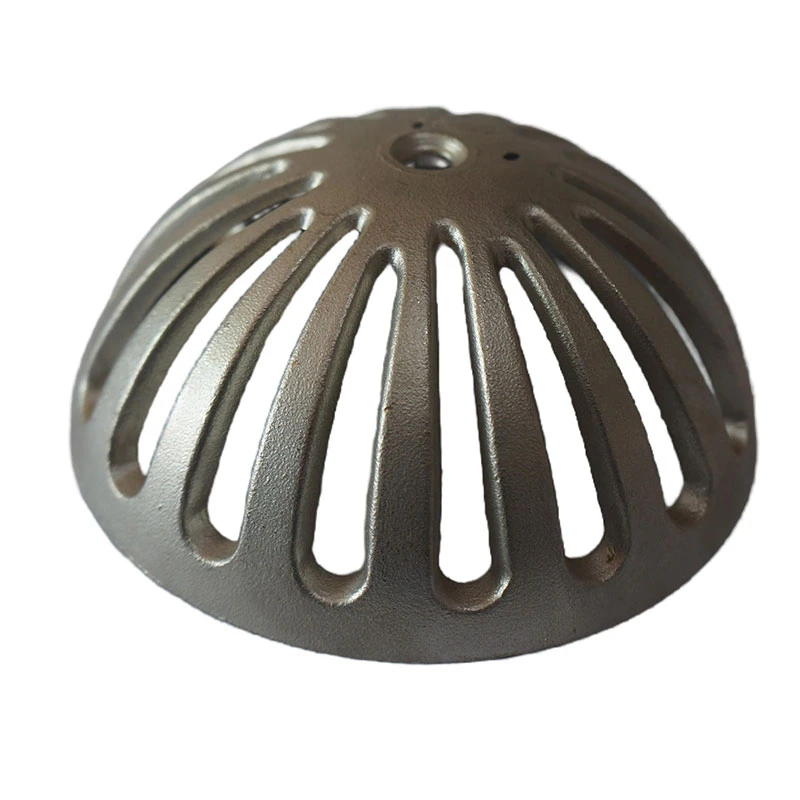high quality investment casting
High-Quality Investment Casting An Overview
Investment casting, also known as lost-wax casting, is a precision manufacturing process widely used in various industries, including aerospace, automotive, and medical sectors. This method is renowned for producing intricate shapes with excellent surface finishes that often require minimal machining. High-quality investment casting is particularly significant in settings where precision and reliability are paramount.
The Investment Casting Process
The investment casting process involves several meticulous steps that ensure the final product meets the highest quality standards. It begins with creating a wax pattern, which is a replica of the desired part. The pattern is coated with a ceramic shell, made from a mixture of fine sand and liquid ceramic. After the coating is applied, the assembly is heated to remove the wax, leaving a hollow ceramic shell that forms the mold for the metal casting.
Once the wax is eliminated, molten metal is poured into the ceramic mold. The temperature and timing during this pouring stage are crucial to ensure the metal flows correctly and fills every cavity of the mold. After the metal cools and solidifies, the ceramic shell is broken away to reveal the cast metal component. Finally, any necessary finishing processes, such as machining or surface treatment, are executed to achieve the required specifications.
Advantages of High-Quality Investment Casting
1. Precision One of the main advantages of investment casting is its ability to produce highly complex geometries with tight tolerances. Parts can be manufactured with remarkable accuracy, often requiring little to no secondary machining, which can significantly reduce production time and costs.
2. Surface Finish Investment casting yields superior surface finishes compared to traditional casting methods. The fine details captured during the wax pattern stage translate into intricate surface characteristics that enhance both the aesthetic and functional aspects of the final product.
high quality investment casting

3. Material Versatility High-quality investment casting is compatible with a broad range of materials, including various alloys of steel, aluminum, and even precious metals. This versatility allows manufacturers to choose the best material properties suited for specific applications, such as corrosion resistance, strength, or conductivity.
4. Reduced Waste The investment casting process is more efficient than other casting methods, such as sand casting. The precision of the initial mold significantly reduces material waste, making it a more sustainable option for manufacturers.
5. Complex Assemblies One of the most compelling benefits of investment casting is its ability to consolidate multiple parts into a single casting. This not only simplifies assembly processes but also enhances reliability and reduces the potential points of failure in a mechanical system.
Challenges and Considerations
While investment casting boasts numerous advantages, it is not without challenges. The initial setup costs, including the creation of wax patterns and molds, can be higher than other casting methods. This makes investment casting more suitable for medium to high production volumes. Furthermore, the need for meticulous control of casting parameters is essential to avoid defects such as inclusions or dimensional inaccuracies.
Additionally, selecting the right material for specific applications, along with understanding the thermal properties of the chosen metal, is crucial in achieving the desired casting quality. Manufacturers must balance between cost, material performance, and the specific requirements of the application to ensure optimal outcomes.
Conclusion
High-quality investment casting represents a sophisticated manufacturing process that provides significant advantages in precision and versatility. As industries continue to evolve and require more intricate and reliable components, the investment casting method will likely remain a cornerstone of modern manufacturing. By focusing on quality control and embracing technological advancements, manufacturers can push the boundaries of what is possible with investment casting, ensuring they meet the increasingly demanding needs of their customers. Ultimately, investment casting not only embodies the pursuit of excellence in craftsmanship but also responds effectively to the challenges of contemporary design and production.
-
Aluminium Pressure Die Casting High-Precision & Durable Solutions for Complex PartsNewsJul.08,2025
-
Top Aluminum Sand Castings Manufacturer – Precision Green Sand Castings for Industrial NeedsNewsJul.08,2025
-
Precision Lost Wax Casting Quotes – High Accuracy Custom Parts Lost Wax Precision Casting ServicesNewsJul.07,2025
-
High-Quality Sand Used for Casting - Superior Sand for Sand Casting ProcessesNewsJul.07,2025
-
China Supply High End Metal Stamping Parts Sino - Precision Manufacturing FactoryNewsJul.06,2025
-
High-Quality Automotive Investment Casting Services Precision & Sand Casting SolutionsNewsJul.06,2025















